Welcome
As I write Issue 2 of Traveling Through History this week, the weather in the UK has turned glorious and we experienced a lovely warm weekend, even though a thunderstorm arrived late Sunday.
I have introduced two new sections in this issue that will periodically appear in the future.
‘Out & About’ will give you a taste of our activities that are of an historical or travel nature, this week starting with a progress around the ‘Walled Gardens of Wallingford’.
I am also going to take you on my journey of writing a (sort of) family history book around some letters that my grandmother kept. ‘Nanna’s Letters’ project will map the journey, from discovery, to research, to writing and ultimately publication.
I am sharing this for a couple of reasons. Firstly, to be accountable to you, my reader, which in turn will keep me progressing forward with this project and secondly, to perhaps encourage you to write a book as well. Many people believe they ‘have a book in’ them but tend to never get around to the task.
I hope this project might encourage you.
In the meantime, enjoy Traveling Through History with me this week.
Michelle
Savvy Travel Historian
June Theme - Castles
Highclere Castle
The Earls of Carnarvon have lived at Highclere Castle since the 17th Century and have close connections with the current Royal Family, although the history of people living on the site dates back far longer than that.
https://www.highclerecastle.co.uk/
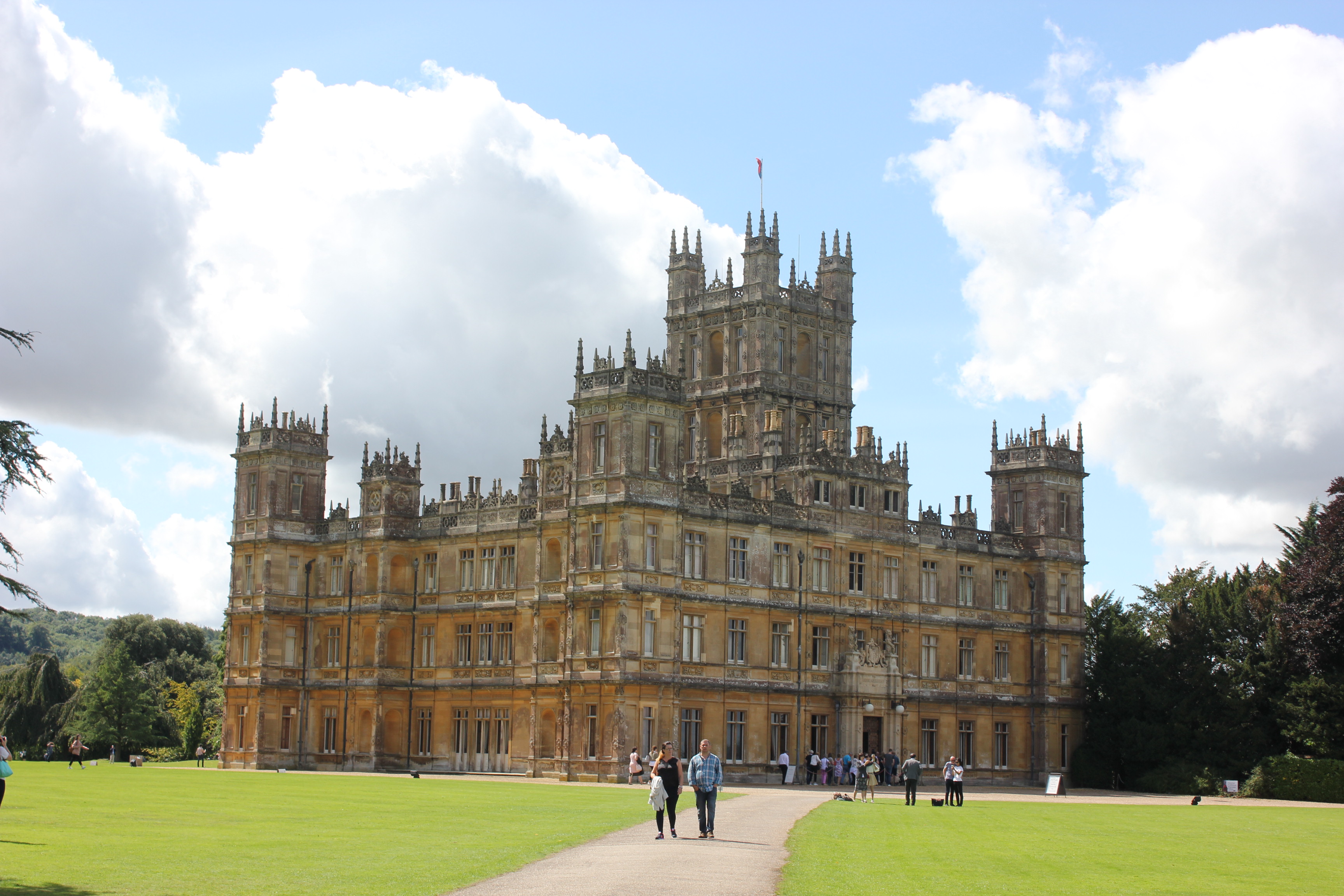
Background
The boundaries of the Highclere estate are contained in written records during the Anglo-Saxon period of King Cuthred around 749AD, but the lands surrounding the castle contain an Iron Age fort and a Bronze Age burial site.
Cuthred granted ownership of the estate to the Bishops of Winchester, which they then owned for around 800 years.
The Castle is located in the south-west of England, approximately 114km from London. It can be reached by train and public bus, but driving is quicker at approximately 1.5 hours.

Construction
A number of Bishops built a large collection of buildings on the current castle site (including a medieval hall, chapel and domestic buildings and living quarters), but it wasn’t until William of Wykeham (1324-1404) that the Manor at Highclere was renovated on a grander scale.
Ownership of the castle went from clergy to secular hands after the Reformation and a number of different families owned it, but it wasn’t until 1692, that (through marriage) the estate passed to the Herbert family, who are the ancestors of the Earls of Carnarvon.
By this time the house was a double fronted Elizabethan brick mansion.
From 1706 onwards, a substantial plan was put in place to plant out a vast formal landscape including follies and pleasure gardens.
Building works in the late 18th and early 19thC saw the manor turned into a classical Georgian mansion but in 1838, Sir Charles Barry (renowned English architect), was asked, by the 3rd Earl, to transform the house into the magnificent castle we see today.
The remodelling outside was completed by 1850 and it was around this time that the house became known as ‘Highclere Castle’.
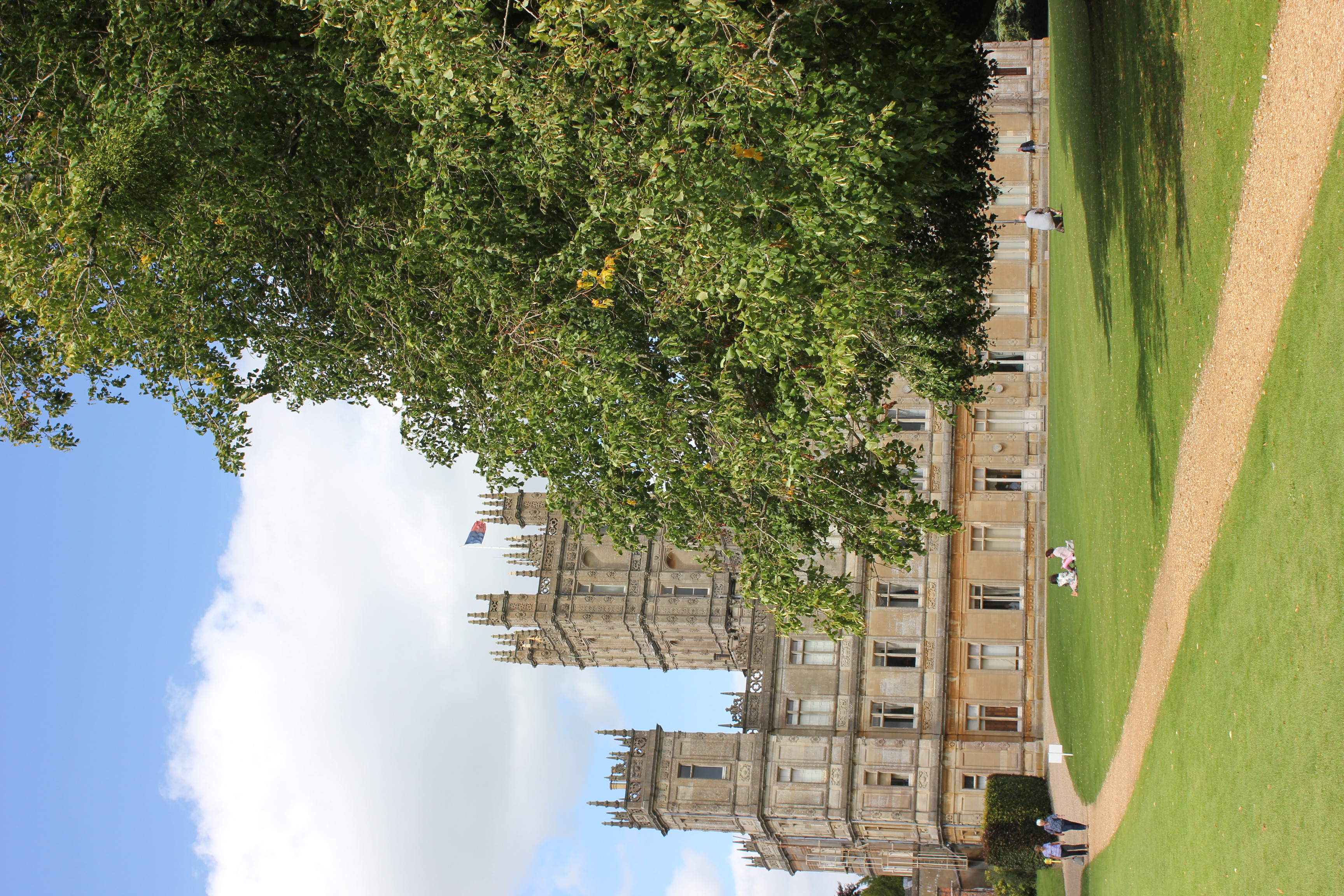
However, much work needed to be done on the interiors, which were carried out by another architect (engaged by the 4th Earl), because by this time Barry and the 3rd Earl had both died.
The interiors and the West Wing of the Castle were completed by 1878, but not before several lodges and a family memorial chapel were added to Highclere Park.
Highclere’s History
The Castle played a vital role in both World Wars.
In WWI it was a hospital for wounded officers and during WWII it was a home for evacuee children, needing to escape from the bombings in London.
Egyptian connections
However, its association with Howard Carter and the Tomb of Tutankhamun resulted in the first global media event in the World, and made the Earls of Carnarvon famous.
In November 1922 the 5th Earl and Carter stood at the entrance of a sealed door in the Valley of the Kings in Egypt, behind which would reveal what would become known as Tutankhamun’s Tomb. It was one the most incredible and dazzling archaeological discoveries of our time.
The Earl had a fascination with Egypt and there is an exhibition at Highclere celebrating this magnificent find and his passion for Egyptology. His first trip to Egypt was in 1898 and his friendship with Carter would last for 16 years until his death from a mosquito bite that became infected only three months after the tomb’s discovery. Castle renovations uncovered some hidden places where the Earl had stashed some of his treasures and they are now on display.
Racing connections
Highclere Stud was established in 1902 by the 5th Earl. The 6th Earl a successful breeder and amateur jockey and the 7th Earl is probably best known to viewers of ‘The Crown’ tv series, as ‘Porchy’ (due to being Lord Porchester until he assumed the Earldom on his father’s death), the Queen’s racing manager from 1969 until his death in 2001.
Highclere Park & Gardens
The 1st Earl of Carnarvon commissioned Capability Brown, the famous English landscape architect and gardener to draw up plans for the park and the original drawing is framed at Highclere today. He understood that help was needed to ensure that the 1,000 acres that the castle sits on, would provide breathtaking views of the downlands of North Hampshire but also maintain the history of the site.
While not all suggestions were implemented, as the Earl added his own preferences, much of the gardens seen today are a result of his proposals.
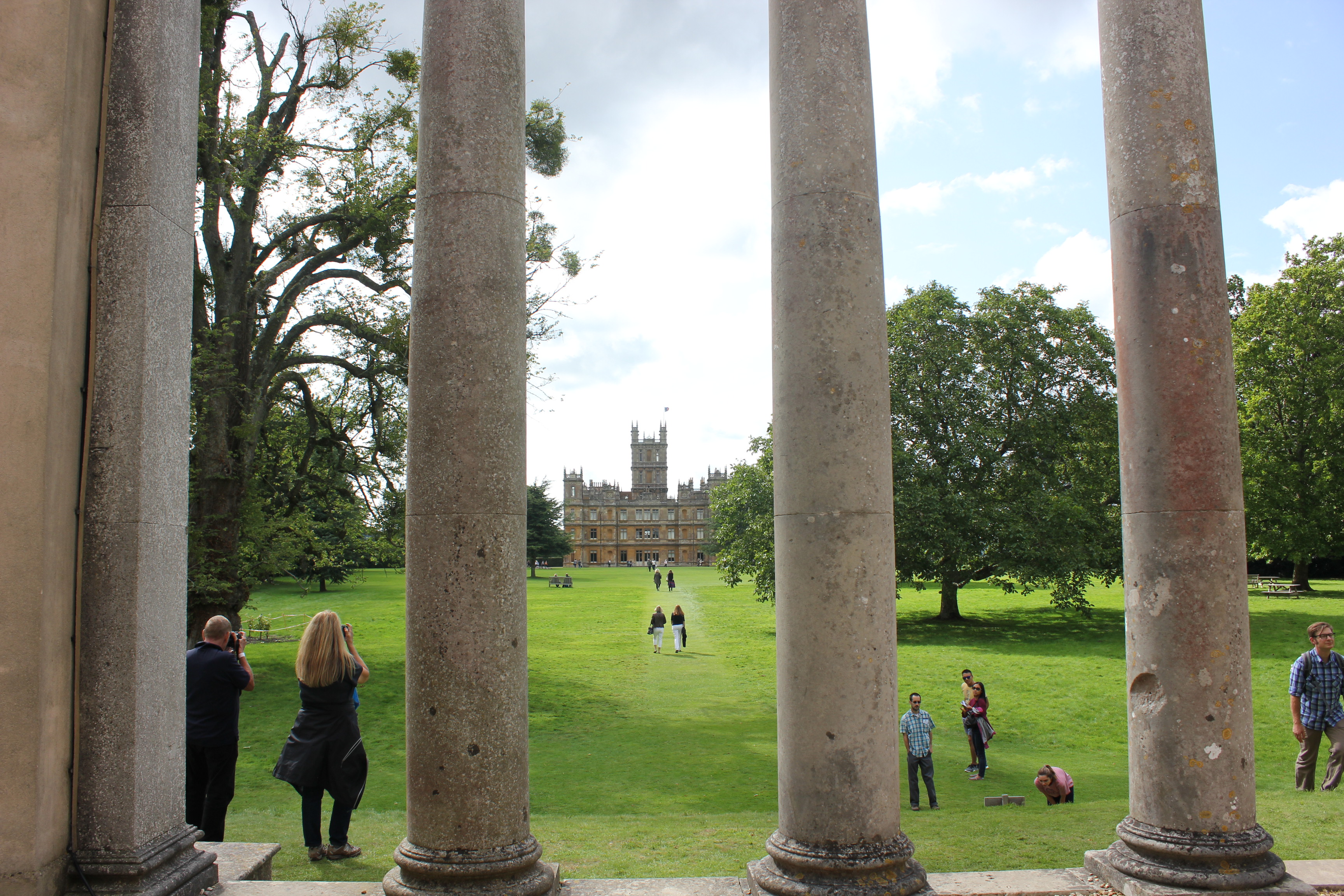
The walled garden, just a short walk south-east from the house, is thought to have been an orchard and possibly a kitchen garden, since 1218. It is still called the ‘Monks’ Garden’.
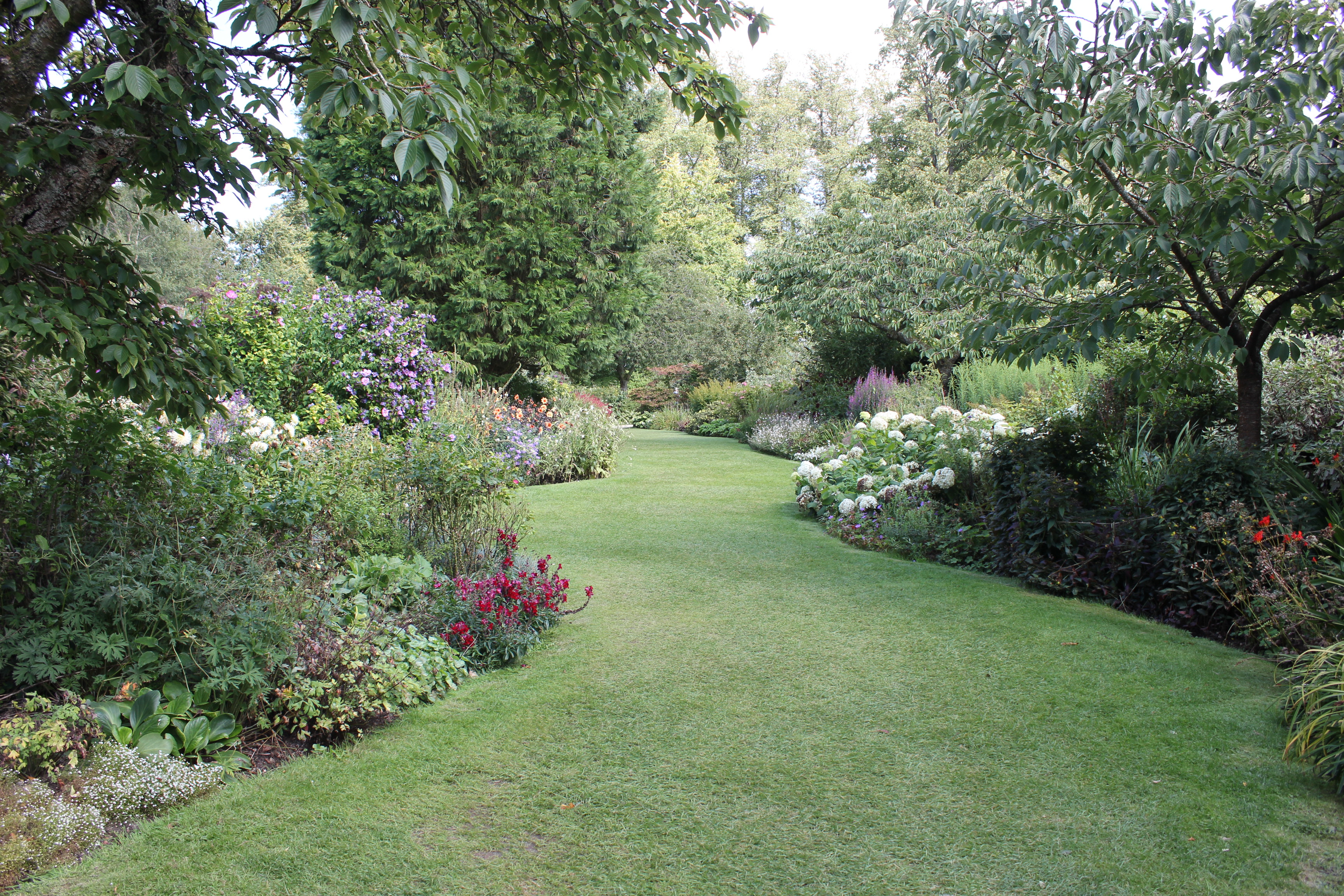
Arches, made from Yew trees, offer the visitor a nice walk in this secluded area, which also brims with flowers from the herbaceous borders in the spring and summer months.
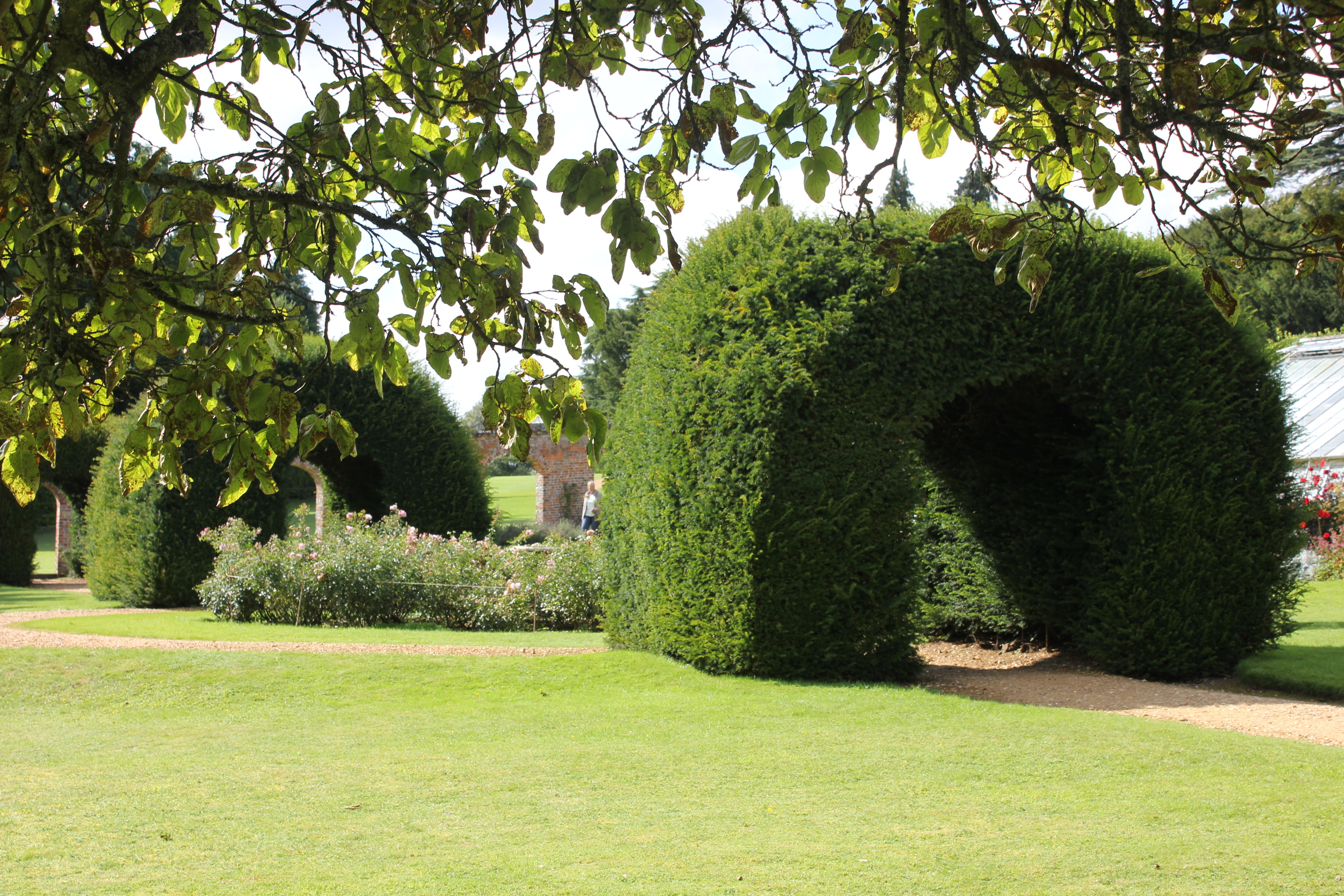
Two important follies, Jackdaws Castle (which can be seen from the Castle and would be well known by fans of the Downton Abbey series) and the Temple of Diana, built to take advantage of the views, offer no other purposes than being items of interest within the vast 1,000 acre site.
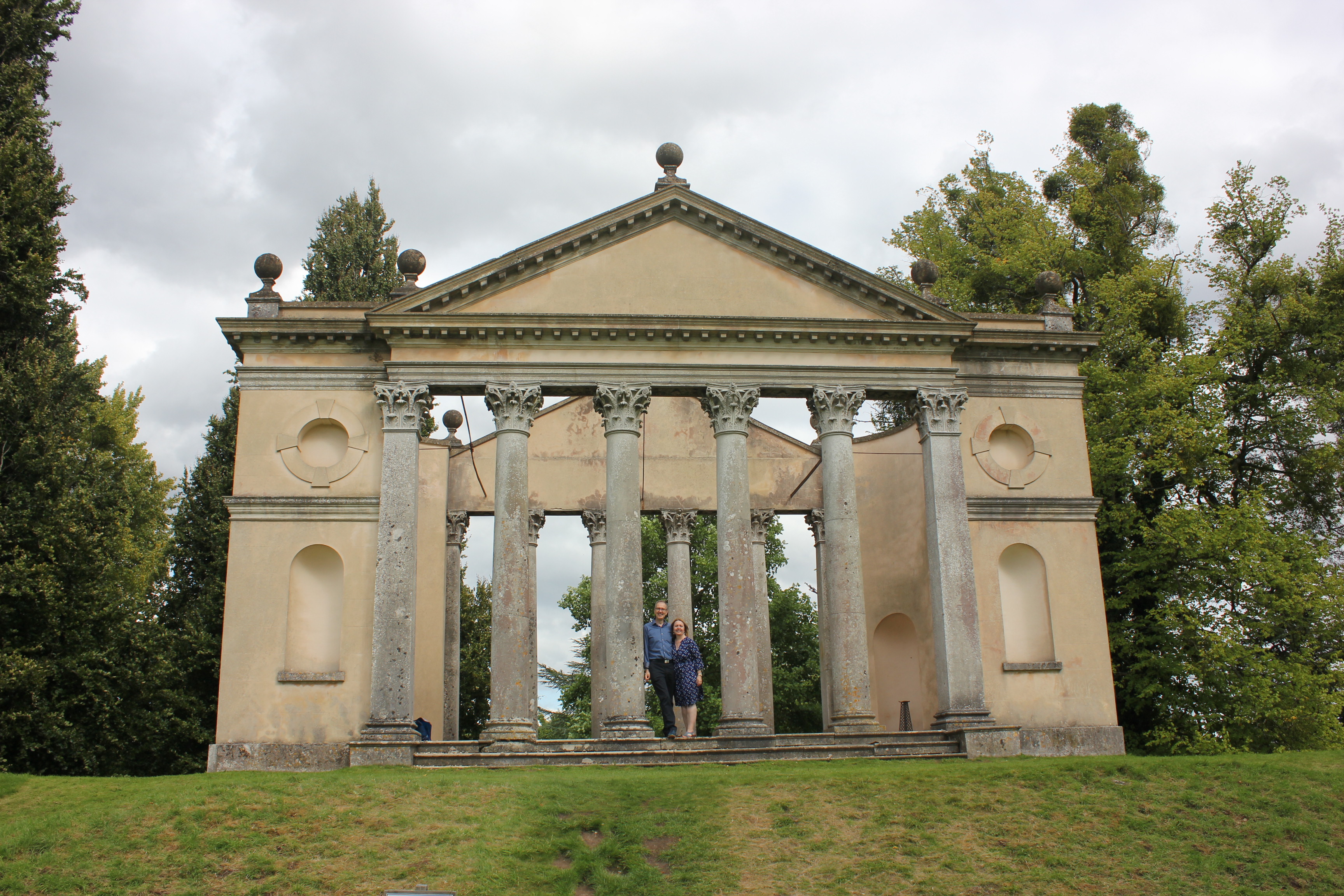
The definition of a ‘folly’ is a costly ornamental building with no practical purpose built in a large garden or park, like the Temple of Diana below.
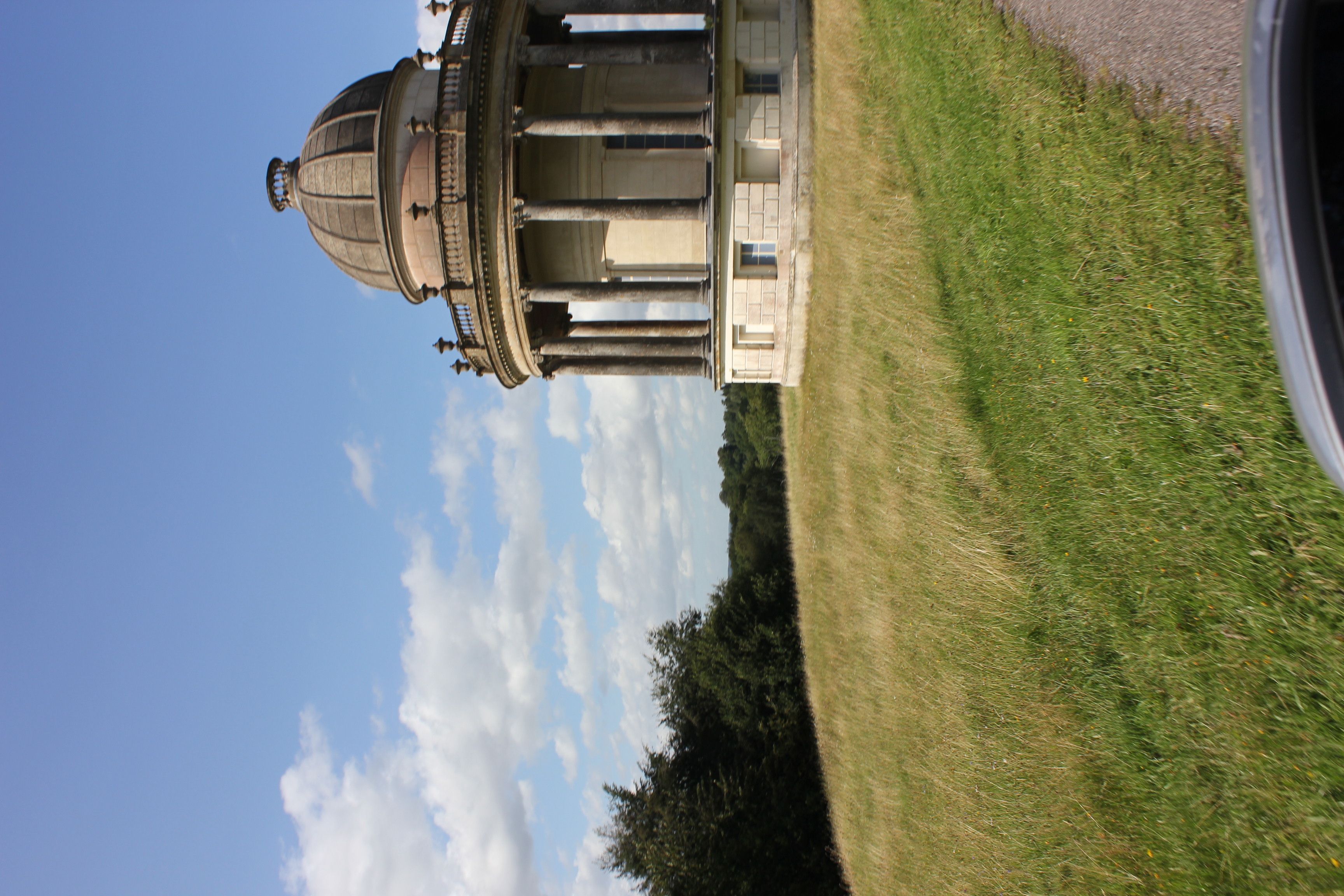
Downton Abbey
Fans of the acclaimed television (and now movie) series Downton Abbey would be well familiar with Highclere Castle, home of the Earls of Grantham, in the show.
The popularity of the series has seen visitor numbers to Highclere each year increase by 30-40%.
Tours of the house enable visitors to see the rooms used by the family such as the Library, Drawing Room, Dining Room, the Saloon, the Gallery, with its oak staircase and several bedrooms, some of which were used in the series (Lady Edith’s, and Lady Mary’s in particular).
https://www.highclerecastle.co.uk/downton-abbey-2
Visiting The Castle
The main Castle opening is in the summer, generally in July & August and tickets include castle admission for a self-guided tour, plus the ability to wander the grounds.
The Castle shop offers a range of souvenirs and afternoon teas are available to purchase, which they allow you to take anywhere in the grounds to enjoy a picnic.
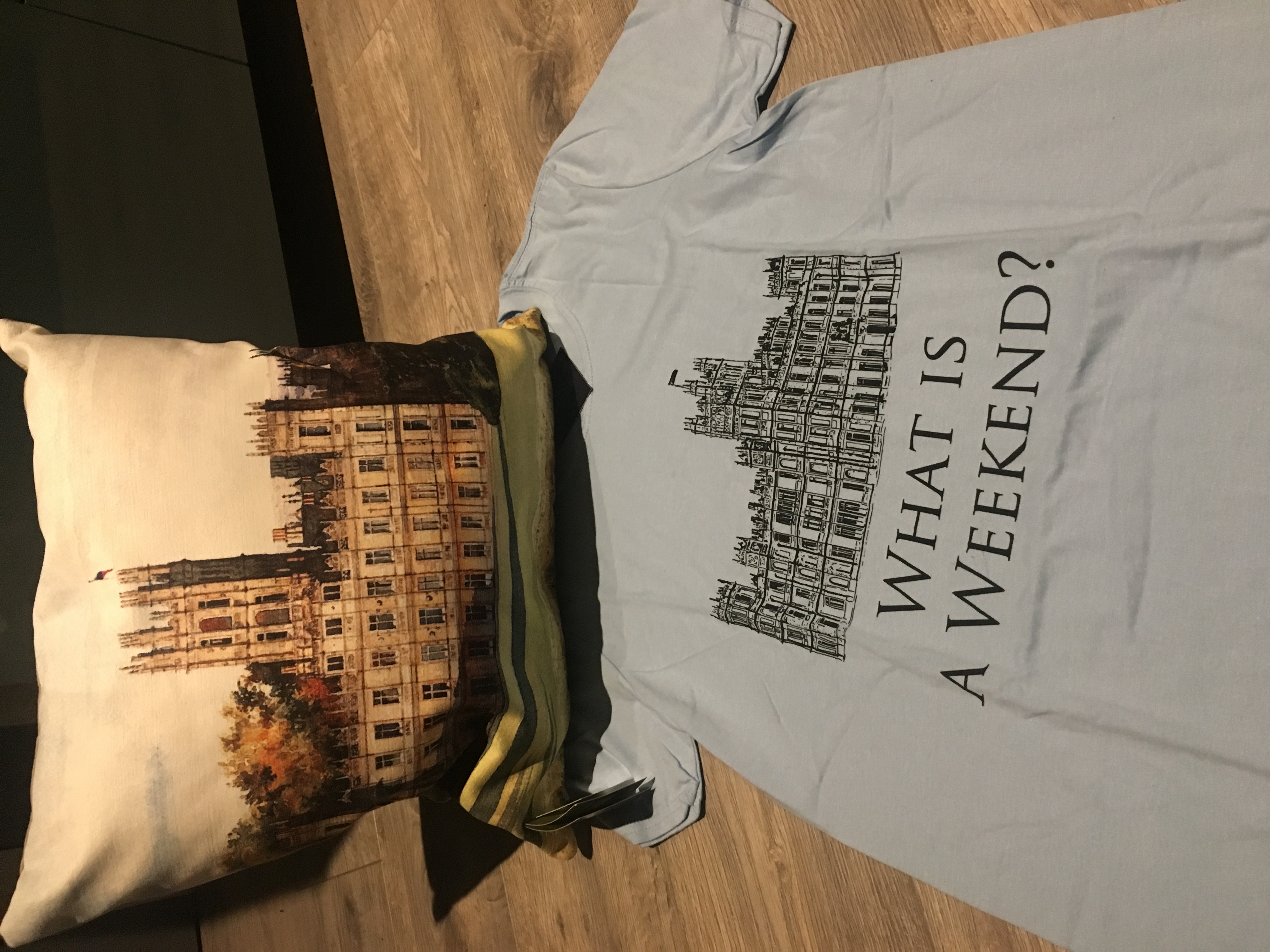
Throughout the year, a number of different events are held that enable you to visit outside of the more popular public summer openings.
They have limited ability to stay at lodges on the grounds (with this year already booked out), but it might be worth an inquiry if you plan your trip far enough in advance.
Relevant Travel Information:
Visit the Castle
https://highclerecastleshop.co.uk/categories/admission-tickets
Stay at the Castle
https://highclerecastleshop.co.uk/categories/overnight-on-the-estate
What’s On
https://www.highclerecastle.co.uk/events
Museum Corner
British Museum – Egyptian Section
https://www.britishmuseum.org/collection/egypt
To explore further Egyptian ancient history, a trip to the British Museum will reveal antiquities that formed part of the original collection.
From home, you can take a virtual tour of the Sculpture Gallery and the two Egyptian rooms via these links on the Arts & Culture section of Google.
Sculpture Gallery
Rooms 62 & 63
Out & About
Wallingford Walled Gardens
http://www.walledgardensofwallingford.co.uk/
Last Sunday, the ‘Walled Gardens of Wallingford’ were opened for the first time in 12 years.
A mixture of mid-late 18thC houses and cottages, as well as a few early Victorian buildings were opened for the general public to view. Because they are people’s homes, some were accessed via their garages, or down the sides of their houses.
Almost 1,000 people attended the event. A few highlights to share.
The Coach House in Thames St, whose garden was the original kitchen garden of the larger Bridge House next door, had a beautiful mixture of lawned areas and herbaceous borders brimming with flowers. Coupled with Thames River access and views back towards Wallingford Bridge, it was delightful, and we immediately wanted to live there!
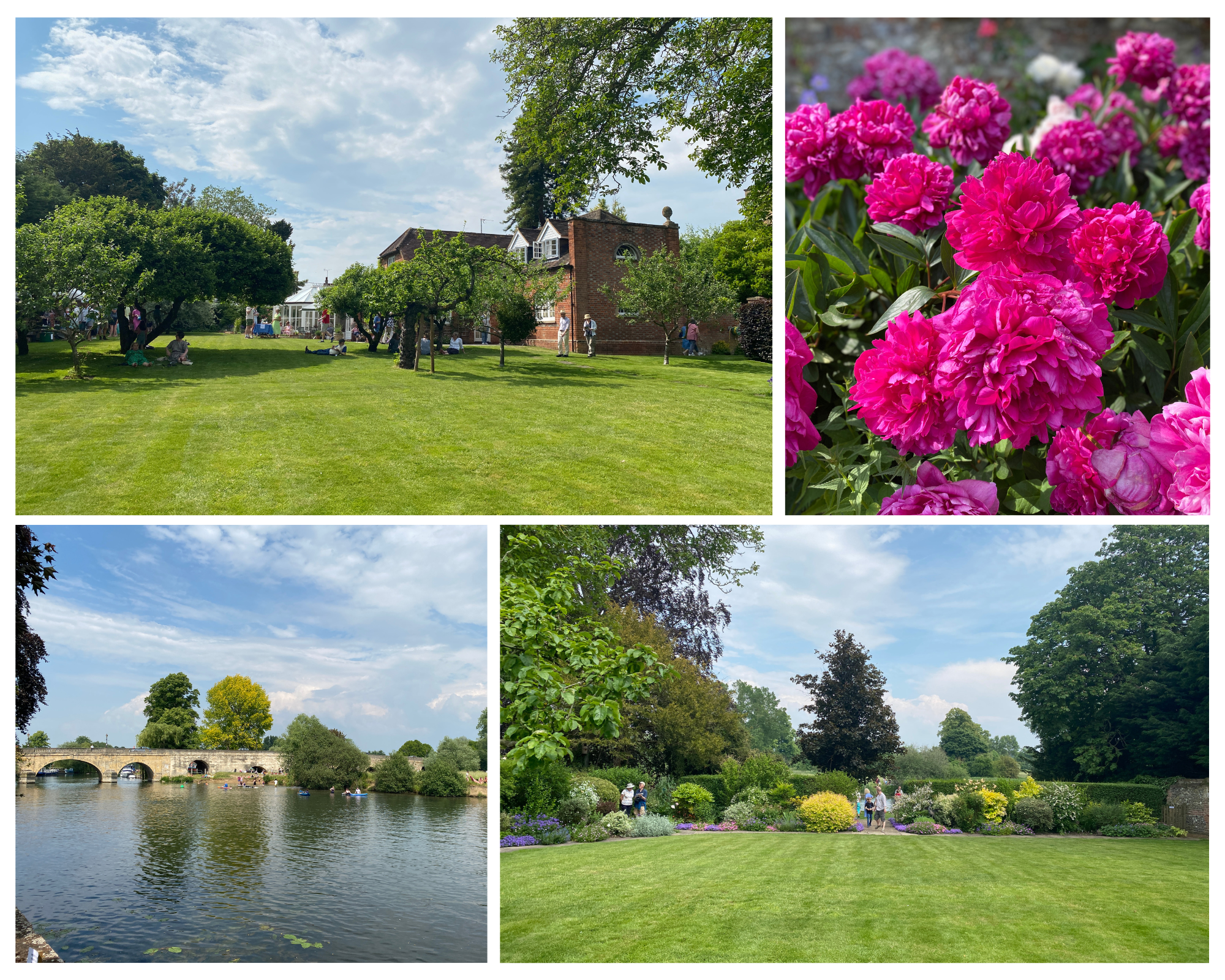
Middle Wharf, also in Thames Street, had an impressive Norman Shaw Boathouse. Shaw was a famous British architect and designed such buildings as the original ‘New Scotland Yard’ at Embankment, London.
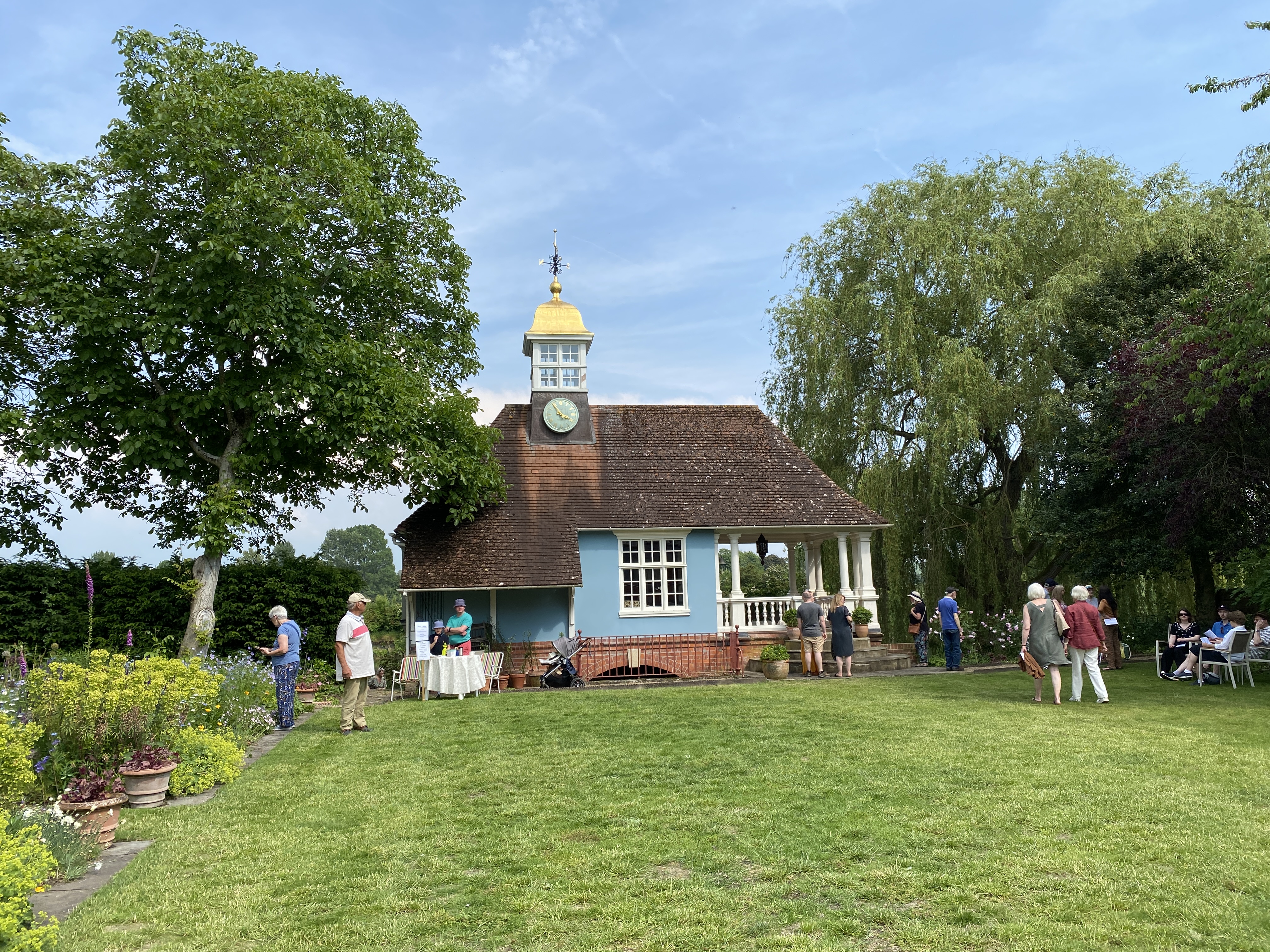
Here’s a small selection of the beautiful flowers we saw in the gardens.
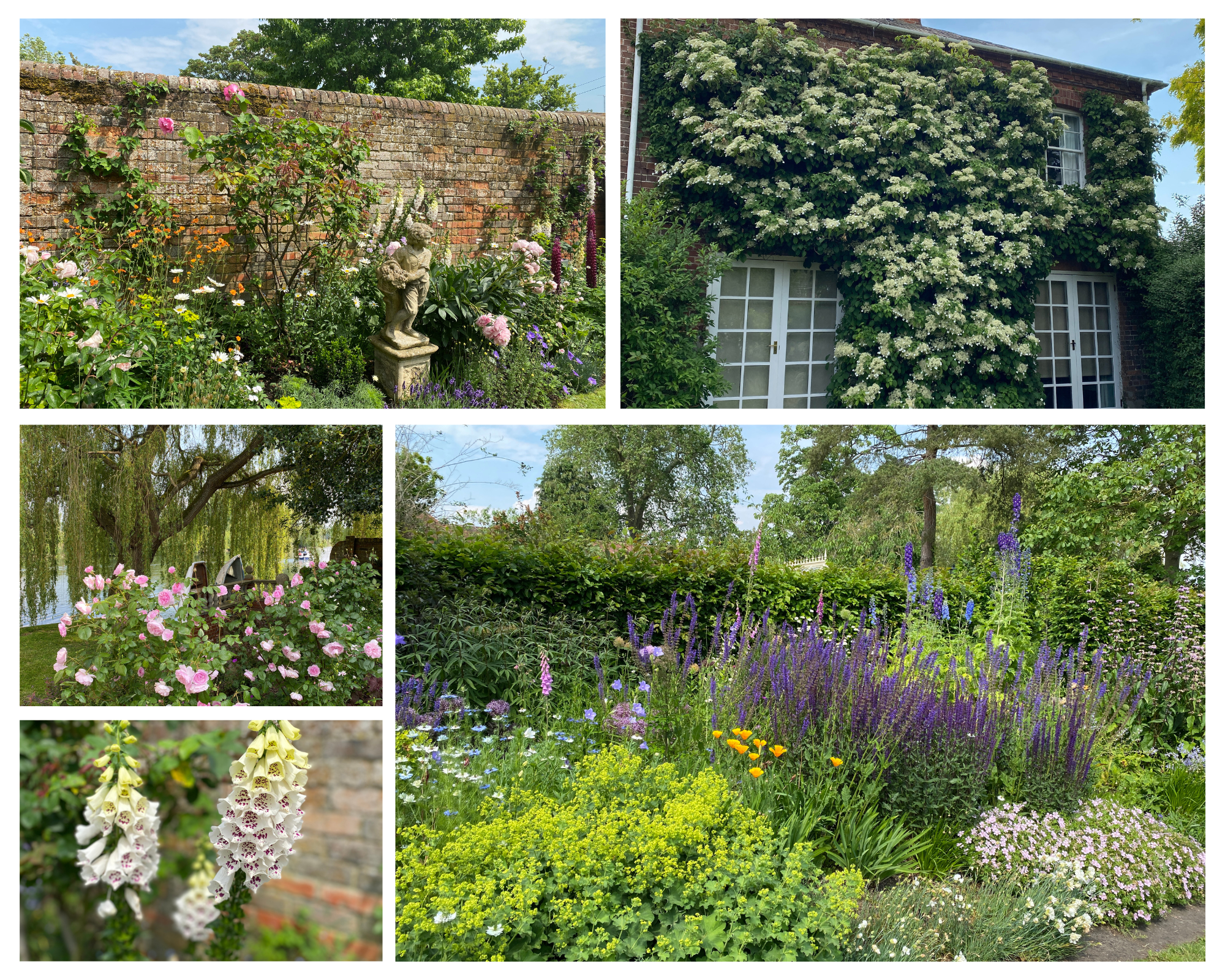
This Week in History
June 12
In Amsterdam, Anne Frank is given a diary for her birthday.
June 13
In 1373 Anglo-Portuguese Treaty of Perpetual Alliance (world's oldest still in existence) signed in London between King Edward III of England and King Ferdinand I of Portugal.
June 14
Auschwitz, the Nazi concentration and extermination camp in Poland, opens.
June 15
King John signs the Magna Carta in 1215.
More information can be found here: https://www.bl.uk/collection-items/magna-carta-1215
June 17
In 1579, Sir Frances Drake, an English Navigator, lands on the coast of California at Drakes Bay.
June 18
In 1567 Mary, Queen of Scots, was imprisoned by Elizabeth 1 at Lochleven Castle.
June 19
King James VI of Scotland and I of England was born in 1566.
Major Royal Event this week
On Saturday June 17, King Charles III will be presiding over his first Trooping of the Colour as Sovereign. While he has received the Colour on behalf of his late mother before, this is the first time it will be the King’s Birthday Parade exclusively for him.
Full information can be found here.
https://www.householddivision.org.uk/trooping-the-colour
In Issue 3 of Traveling Through History next week, I will give you a summary of what happened.
On My Shelf
If you’re a Downton Abbey fan, you can find out about all the filming locations in the UK through this guidebook.
‘Downton Abbey on Location” by JP Sperati & A Schreiner
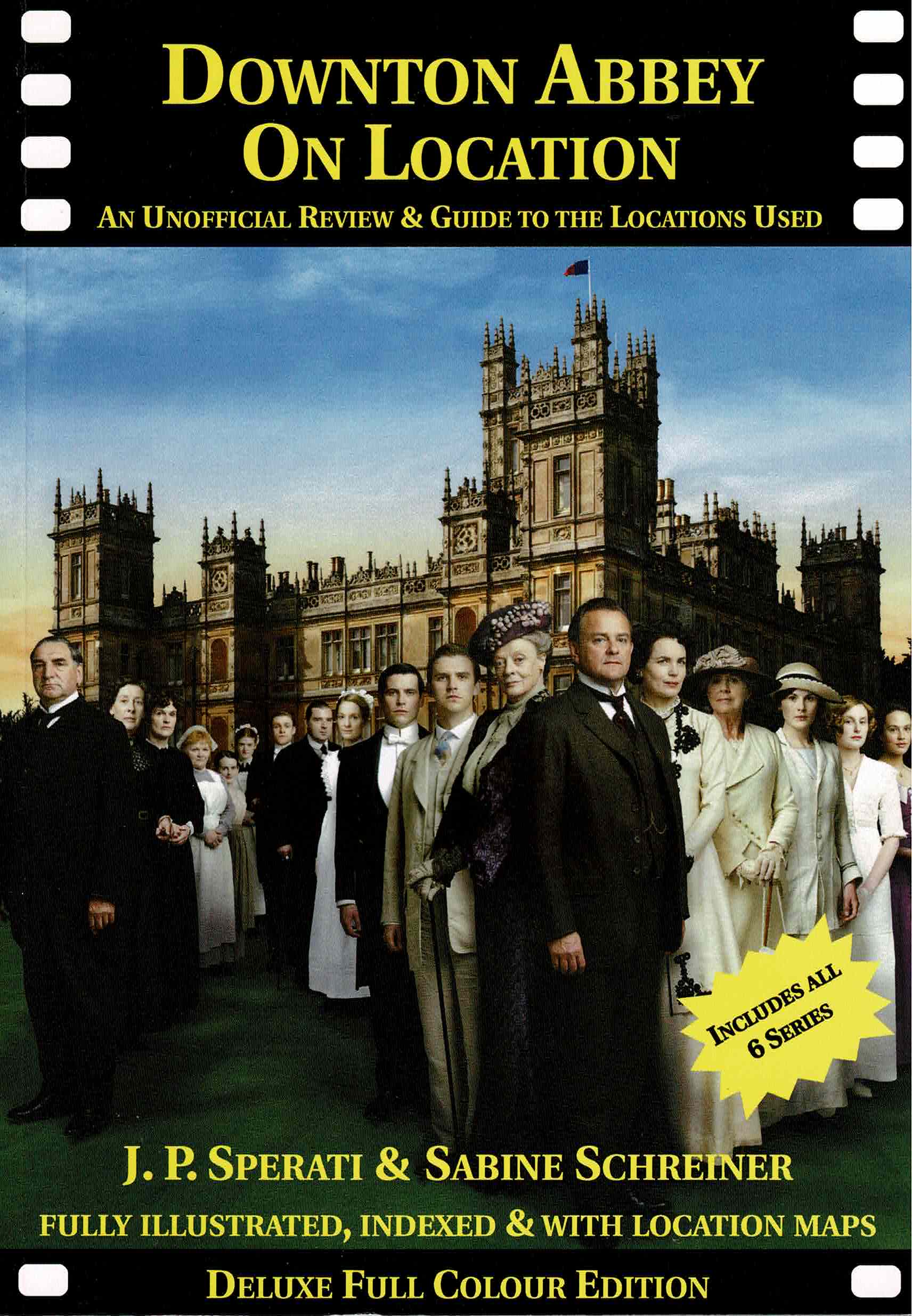
Nanna’s Letters ~ Book Project
My grandmother on my father’s side was a great letter writer.
Nanna’s handwriting was wonderful. So neat and you could tell, were written with thoughtfulness and care, but also with a well-formed cursive style that is no longer seen, or taught, in schools.
After she died and we were clearing out her property, a large collection of letters was found that she had saved, which spanned a 40-year period.
These letters were all ones sent to her, not ones she had written herself, but the authors of the letters (mostly family and friends from England), mention her previous letters, so from the correspondence, glimpses can be gained from what she may have said.
For a long time, I have wanted to write a social history around the information contained in them but have just never gotten around to it.
With the advent of this newsletter and my increasing interest in my family’s English history, I have decided to start down this process with earnest determination!
So far, I have (with the help of my mother before moving to England in 2021), made a digital copy of each letter (in case they should ever get lost) and I have put them in date order, which led me to discover that they spanned 40 years.
The next step is to analyse each letter, with the view to drawing out topics and events mentioned and work out if any themes emerge.
My initial idea is to draw parallels between the UK and Australia during this period, interwoven with our family history.
Over the next year, I will periodically keep you updated on progress towards writing this book. I hope you will get enjoyment out of seeing the inroads I take on this major project, but also perhaps, be inspired to write something for yourself!

Michelle is a speaker, author, content marketer, historian and mother of 3 boys.
After 25 years in business and as the ‘Content Marketing Queen’ for the past 12 years, she has helped countless small businesses understand and develop their content strategies and focus on a customer first approach.
Savvy Travel Historian is her passion project, and her weekly newsletter is available on Substack, Paragraph and Mirror. The latter two allow you to collect each Issue as an NFT.
Michelle is co-host of the Web3 By Three Podcast, a weekly show which talks about current stories in the Web3 space and how it applies to B2B marketing, sales and operations. The show is recorded live every Wednesday at 4pm EST/ 9pm UTC on LinkedIn, YouTube & Twitter Spaces.
You can follow Michelle in these places:
Savvy Travel Historian Instagram

